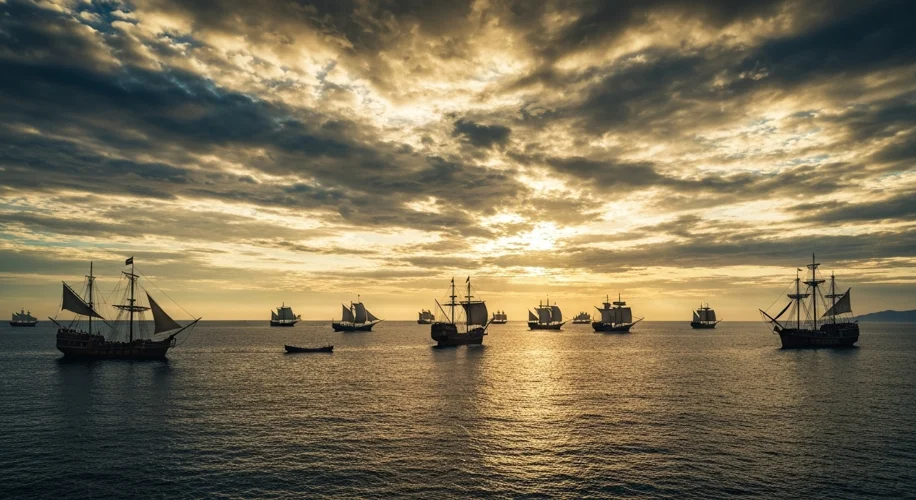In the grand tapestry of history, some threads are as fleeting as a mayfly’s dance, while others, like the deep currents of an ocean, shape the very landscape for centuries. It is this latter, enduring perspective that the French historian Fernand Braudel championed, revolutionizing how we understand the past through his concept of the longue durée.
Born in 1902, Braudel emerged as a leading figure in the Annales School of history, a movement that sought to break free from the traditional focus on kings, battles, and political events. Instead, they turned their gaze to the fundamental structures of society, the rhythms of everyday life, and the forces that operated over vast stretches of time. Braudel himself, captured by the Germans during World War II, spent years as a prisoner of war, a period that paradoxically allowed him to deepen his historical thinking, albeit without access to his library. It was during this confinement that he began to draft his monumental work, “The Mediterranean and the Mediterranean World in the Age of Philip II.”

Braudel’s genius lay in his ability to synthesize different temporal scales. He famously articulated three distinct levels of historical time:
- The
longue durée: This is the realm of deep history, characterized by slow-moving, almost geological change. It encompasses geography, climate, the enduring structures of societies, and the collective mentalities that persist across generations. Think of the slow shaping of coastlines, the millennia-long cycles of agricultural productivity, or deeply ingrained cultural attitudes. - The
conjuncture: This refers to medium-term trends, cycles, and fluctuations that operate over decades or a century. These are the economic cycles, the rise and fall of particular industries, or shifts in population dynamics. - The
événement(event): This is the most superficial level, representing the rapid, often dramatic, short-term occurrences that traditional history often focused on – battles, political crises, the actions of individuals. Braudel saw these events as mere froth on the surface of deeper historical currents.
His approach emphasized the primacy of the longue durée, arguing that while events might capture our immediate attention, it is the persistent, underlying structures – economic systems, social hierarchies, geographical constraints, even the slow impact of climate – that truly drive historical change. He famously used the analogy of the Mediterranean itself: an enduring geographical entity that, despite the ebb and flow of empires and battles, maintained a fundamental character and rhythm across millennia.
Braudel’s work, particularly his focus on material life, economics, and the environment, has been incredibly influential. He showed historians that understanding the price of grain, the circulation of goods, or the impact of disease was just as crucial, if not more so, than dissecting the machinations of monarchs.
Yet, like any towering intellectual figure, Braudel and the Annales School have faced criticism. Some argue that their emphasis on broad structures and long-term trends can inadvertently downplay the role of individual agency, contingency, and sudden, transformative events. Critics might point to figures like Jared Diamond, whose popular works like “Guns, Germs, and Steel” also explore the impact of geography and environment on societal development. While both Braudel and Diamond examine large-scale forces, Diamond’s approach is often seen as more deterministic, focusing on environmental factors as primary drivers of history, sometimes leading to criticisms of oversimplification or a teleological view of human progress. Braudel, while acknowledging the power of these deep structures, maintained a more nuanced view, integrating the conjuncture and the événement as parts of a complex, multi-layered historical process. He was revered for his intricate, humanistic understanding of how deep structures interacted with human choices, whereas Diamond has faced more pointed critiques for what some perceive as a less sophisticated engagement with the complexities of human history and culture.
The enduring legacy of Fernand Braudel lies in his call to look beyond the immediate headline, to appreciate the slow, powerful forces that shape human civilization. He reminds us that history is not just a sequence of dramatic moments, but a deep, unfolding process, best understood when we adopt the long view, the view of the longue durée.

